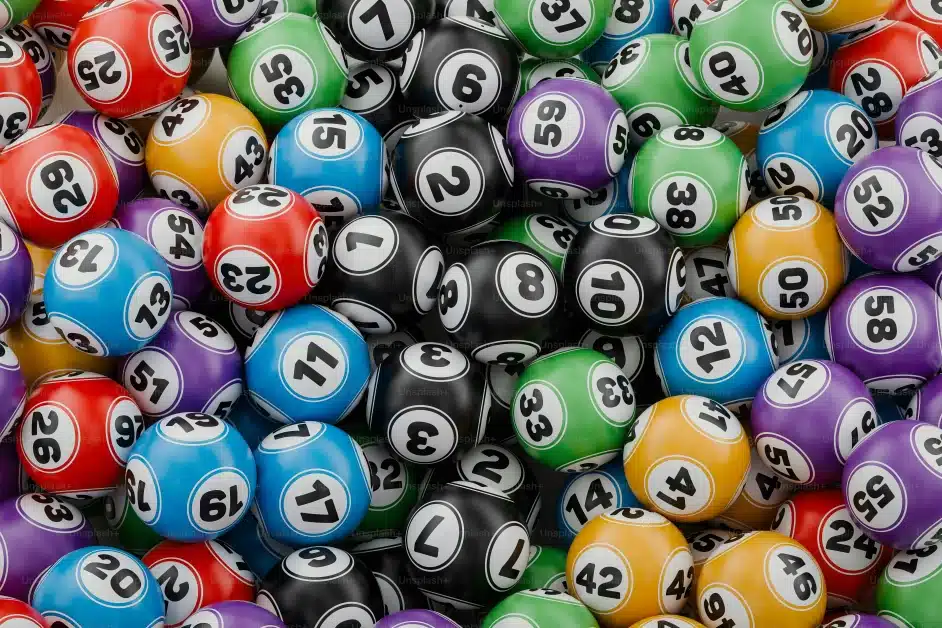Table of Contents
Introduction
When it comes to flipping a coin, most people believe that the odds of getting heads or tails are an equal 50% chance. However, recent research suggests that this may not be entirely accurate in the real world. In 2007, researchers theorized that a coin’s flip could be influenced by a slight wobble caused by the flipper’s thumb, resulting in a higher chance of landing on the same side it started. They predicted that a coin should land showing the same side approximately 51% of the time.
The Study
František Bartoš at the University of Amsterdam and a team of 49 others conducted an extensive study to test this theory. They recruited friends and colleagues for a marathon coin-flipping session, aiming to gather robust data on the probability of a coin landing on the same side it started. The team flipped coins of 46 different currencies and denominations a total of 350,757 times, carefully recording the pre-flipping and post-flipping state of each coin.
Findings
The results of the study supported the original research, indicating that coins are likely to land on the same side they started on 50.8% of the time. However, the team also discovered significant variations among individual flippers. Some participants consistently landed coins on the same side 60.1% of the time, while others only achieved this result 48.7% of the time. The researchers suggest that these variations may be attributed to individuals imparting different off-axis rotation when flipping a coin, causing it to wobble and creating a higher bias towards the same side.
Coin Flipping: A Complex Process
Márton Balázs at the University of Bristol emphasizes that coin flips, despite being a probability concept, are actually a complicated physical and psychological process. He highlights that an ideal coin is merely an abstraction and doesn’t exist in reality. Due to various factors such as the flipper’s technique and the coin’s characteristics, a skew is introduced. While this skew may be relatively small, around a few percent, it is still present.
Seeking True Randomness
For those seeking truly random results, relying on coin flips may not be the best option. Balázs suggests that even turning to a computer won’t guarantee true randomness, as computers often generate repeating patterns and lack the ability to produce genuinely random outcomes. Instead, he proposes sampling chaotic systems like the weather or the motion of blobs in lava lamps for a more reliable source of randomness.
Practical Use of Coin Flips
Despite the bias observed in coin flips, Bartoš asserts that they can still be used for everyday decisions. However, to ensure fairness, both parties involved should not see the starting state of the coin before the flip. This prevents any potential manipulation or exploitation of the bias in the coin’s behavior.
In conclusion, while statistics textbooks may suggest that the chance of landing heads or tails is an equal 50% probability, real-world research indicates a slight bias towards the same side. The study conducted by Bartoš and his team provides robust evidence supporting the theory that coins are more likely to land showing the same side they started on, approximately 51% of the time. Although not an ideal source of true randomness, coin flips can still serve as a practical method for decision-making, as long as fairness is maintained.


Leave a Reply